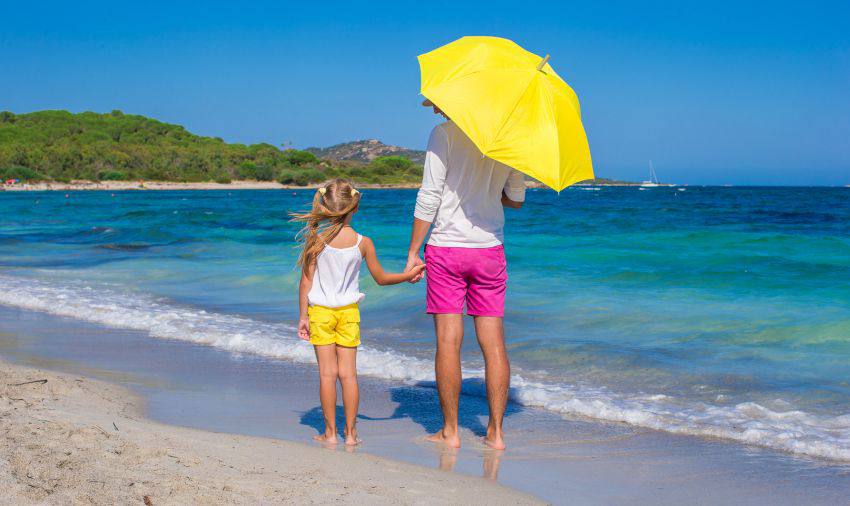Why travellers prefer Blue Cross
- Canada's #1 travel insurance brand and recognized worldwide
- Over 80 years of expertise in insurance
- $5 million travel insurance coverage, with or without deductible
- Flexible and affordable travel insurance solutions
- Free quote available online
- Travel assistance available 24/7 for any emergency, anywhere you travel

How to avoid heatstroke
Published on: June 15, 2015
Travelling can place you in unforeseen situations. You may find yourself in a hot bus or plane, or you may be overwhelmed by heat during a hike. Here are some tips to help you prevent serious heat-related illnesses, as well as symptoms that will indicate when medical assistance is needed.
What is heatstroke?
Heatstroke is considered a medical emergency in which a person’s body temperature rises to dangerous levels. Unlike lesser heat-related problems, such as heat exhaustion or cramps, heatstroke is an extremely dangerous condition that requires immediate medical attention. It can result from overexertion in hot environments, but elderly people and infants are at risk of heatstroke even if they aren’t being active outdoors. Victims of heatstroke may stop sweating altogether. They may demonstrate confused or hallucinatory behaviour, or they may become agitated. Seizures, unconsciousness and coma can also result from heatstroke. If you’re with someone who’s experiencing heatstroke and you’re waiting for medical professionals to arrive, cool the victim in a bathtub full of ice cubes, or spray the person with cool water.
Travellers are in particular danger
According to a study cited by The New York Times, exercising can cause the body temperature to rise 1°C in less than 5 minutes. Muscles generate heat when they are active, and 75% of this heat is transferred to the rest of the body. (This is why it helps to move around when you’re cold.) If you are on a hiking trip in a hot area or simply have many blocks to walk before you reach your hotel, stop and pay attention to how your body is reacting. Call a cab if you feel overwhelmed by physical exertion in a hot environment, even if the locals are doing fine. Your body may not be accustomed to a hot climate, which puts you at greater risk for heat-related illness. It takes several weeks to acclimatize to an unfamiliar climate.
How to protect yourself
Fill your water bottle with plenty of ice and drink from it frequently. A study conducted by the American College of Sports Medicine found that cold drinks helped to lower body temperature more effectively than drinks at room temperature. Make sure to add a bit of salt and sugar to your drinks if you’re drinking many litres of liquid on a hot day.
It’s not fully understood why some people are more prone to heatstroke than others. Taking basic precautions to avoid overexertion and dehydration while you travel will protect you from this dangerous condition and spare you from cancelling your hotel or needing to use your travel insurance policy.